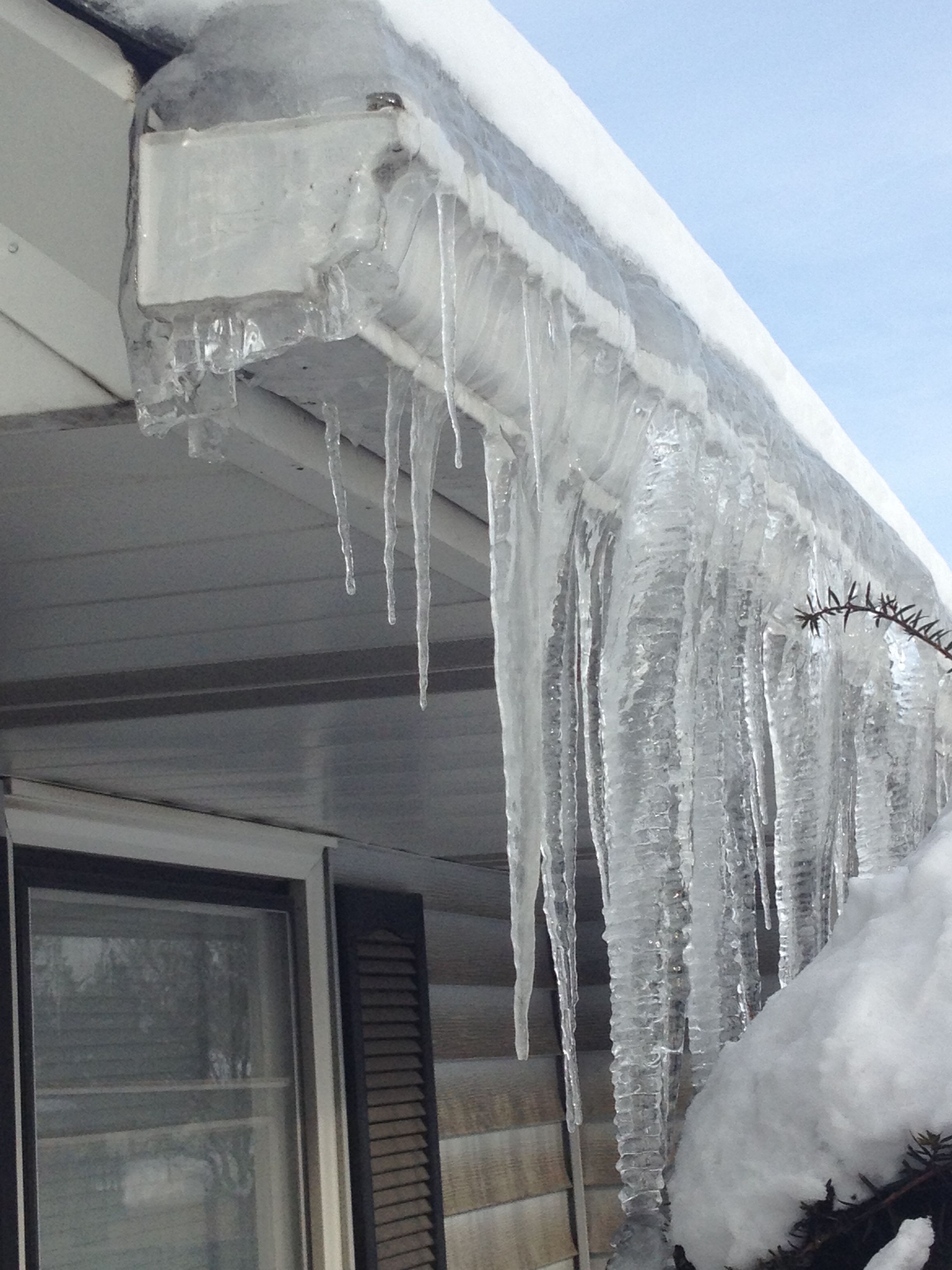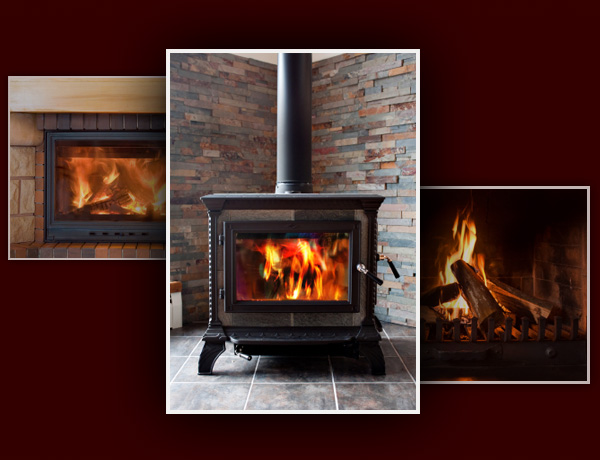|
Thursday, February 20 2014
It seems like we may be out of the negative degree temperature days, for at least the time being. However, snow melting temperatures can end up creating a completely different, and equally dangerous issue for your home heating situation. Ice dams are a home design issue that can be very damaging and dangerous if not managed correctly.
What is an ice dam? Ice dams form when snow melts on a hot spot of a roof. The melted snow runs down on the ice still present near the edge of the building's roof. As the water begins to refreeze, it will result in more ice than was originally present on the roof. This process can continue until as ice dam has formed. Similar to a functional water dam, the ice dam will hold back water and keep it present on the roof, even if the temperature is warm enough to melt the snow. What are the dangers? An ice dam may seem like a harmless home annoyance, but there are some real strucutral and physical dangers associated with an ice dam. The first is that the weight can cause structural damage to the building. A second issue is that the water being held back can result in mold on the roof or it can seep in and cause breakdown in the attic or upper level of the building. A final issue is that the ice dam has the risk of falling at any time, especially as temperatures rise. This can be very dangerous for home or business owners who could be hit by a falling ice dam. What to do about ice dams? Ice dams are a simple issue, but they can be a pain to fix. A single ice dam can be steamed, manually removed, or dissolved with salt or other chemicals. Ice dam removal specialists can help with any of these issues and are able to remove an ice dam in a short amount of time. However, another issue can be that the heating process that occurs on your home's roof has created an environment for more ice dams to form in the future. If that is the case, then you will need to evaluate the chimney situation or heat exhaust design of your home. That way you can identify potential hot spots on the roof that will melt snow and can lead to ice dam formation. Get your roof checked as soon as possible for potential ice build up issues. This will ensure that you home and family stay safe and happy the rest of the winter season. Good luck and thanks for reading! Tuesday, February 04 2014
Setting cold weather records The Windy City has had it’s share of cold days but recently it’s been breaking records and getting dangerously cold. The cities most recent low was 15 below zero with Chicago’s infamous wind chill bringing the temperature to as low as 42 below zero. This record beats previous record lows set in 1894 and 1988. It would even have been warmer at the South Pole with temperatures of only 11 below. Not only was the record low beaten, as the record for the lowest high was broken on January 6th with a high of -1. With temperatures like this and schools being cancelled it’s clear that the best thing to do is avoid going outside as much as possible. If you do go outside, make sure you are prepared and that you spend as little time outdoors as possible. Staying warm at home comes with the assumption that your home is actually warm. These cold and windy days will most likely inform you and your family the importance of having a properly insulated and heated home. These may also be the days when you realize that your chimney has been merely decorative, and you might want to use it. Keeping your home warm and safe Lighting a fire in your fireplace is an inexpensive way to add additional warmth to your home but can also be somewhat problematic if you don’t have your chimney properly maintained. If your fireplace is not properly set up, you could end up losing much of the warm air in your home and let some of the freezing cold air in. While this is an issue with fireplaces, doesn’t mean that it is not preventable. Adding a chimney liner can prevent the loss of heat and can increase the amount of heat your fire produces for your home as well as preventing a number of other problems associated with houses with chimneys. Adding a class cover to your fireplace helps prevent letting some of the cold air in. While it also allows you to see the fire and enjoy the atmosphere that it provides, it is effective at conducting heat into the room. These glass doors to your fireplace will also prevent heat from escaping from your home even when there is no fire lit. So even if you do not plan to light any fires, consider getting glass doors for your fireplace as they are good insulators and improve the overall aesthetic of the room. If you have not been properly maintaining your fireplace and chimney, you run the risk of starting a fire. This risk is increased because of how dry your chimney gets in these extremely low temperatures. Having your chimney properly or even professionally cleaned can help avoid the risk of a fire starting. It is recommended that you do this before starting a fire.
|
www.ChicagoChimney.com








